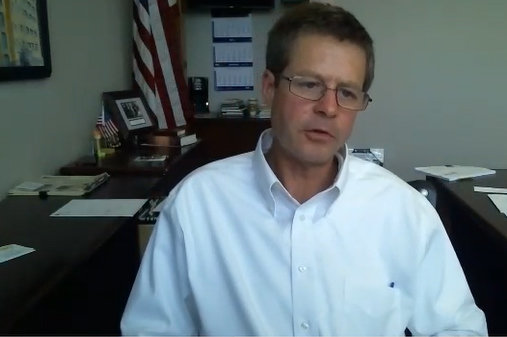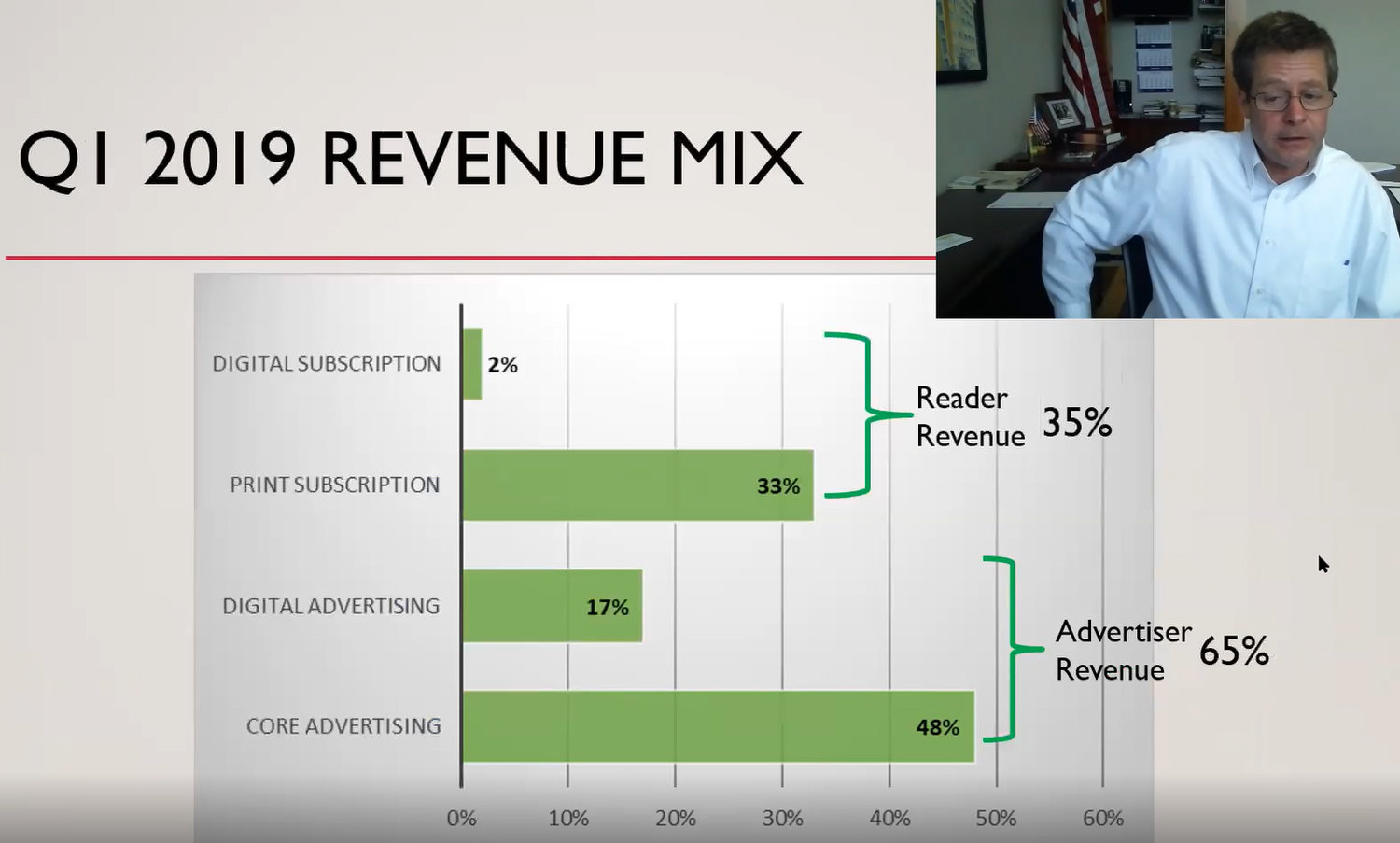Growing circulation and audience starts and ends in the newsroom
Posted
The newsroom plays a key element in any newspaper's circulation and audience development goals, industry leaders told members of SNPA's NEX GEN Class during a video conference call last week.
Executives who addressed this month's topic were:
- Jeff DeLoach, president of the Chattanooga Times Free Press.
- David Kirkman, vice president of audience services, Richmond Times-Dispatch.
- Mark Adams, audience acquisition and retention manager, The Post and Courier, Charleston, S.C. Adams also is a member of the NEX GEN Class of 2018-19.
Among the key takeaways shared with the group:
- Retaining current subscribers is much more efficient than acquiring new ones.
- Utilizing value-selling techniques with each subscriber touch point is critical – especially with incoming calls.
- Reader revenue, both print and digital, has growing importance for future financial health, not only audience needs.
- Traditional sales channels will remain important, enhanced with innovative digital marketing (email and social media).
- Market audience leadership through quality content is essential.
In evaluating circulation and audience development success, DeLoach says he regularly looks at the following, in terms of benchmarks:
- Net weekly starts vs. stops.
- Delivery service performance.
- Average subscriber rate per month.
- Retention by sales source and cost efficiencies.
He also stressed the role of the newsroom. It's all about content, DeLoach said. "It all starts and ends in the newsroom." Without quality, local content, there will be no audience. Without an audience, there is no business.
In presentations that he often makes to civic groups in Chattanooga, he says people often guess that he would cite the 1950s or 60s as the best revenue years in the history of the paper. He cited 2005, in his presentation to the NEX GEN group, noting that reader revenue that year made up 15 percent of total revenue, with 85 percent coming from advertiser revenue.
Over the last 14 years, those percentages have shifted substantially. During the first quarter of this year, reader revenue made up 35 percent of total revenue, and advertiser revenue decreased from 85 percent to 65 percent. Digital advertising revenue now represents 17 percent of the advertising total, up from 2 percent in 2005.
In a few years, he expects that reader revenue will account for 42 percent of total revenue.
Those readers aren't buying news products to see the ads, he said. "They're buying our products because of the content. Content has value and we need to be doing everything we can to make sure our newsrooms recognize that what they do has value. It's absolutely critical."
He cited further challenges the industry is facing, too. For example: reductions in preprint revenue and legislative efforts in many states to remove legal notices from local newspapers.
"We can't put a blindfold on and avoid what's happening," DeLoach said. He told NEX GEN participants that he doesn't think print reader revenue will be sustaining our business 20 or 30 years from now. "From my perspective," he said, "if we're going to have reader revenue sustaining our business, it needs to be digital."
If that's the case, he said newspapers need to consider now how they are pricing their digital subscriptions so they can get the price that will be needed in the future. "Are we really pricing digital properly today for those that are going to come behind us in 20 years?"
He said rate increases now are not necessarily the answer, although he does believe that – in the future when print products completely go away – that readers will be more susceptible to paying for local content if it's quality, local content.
"If we ever want to have a chance to get $40 a month for digital subscriptions ... we have to be the very best producer of local content" in our communities, he said.
In Chattanooga, the Times Free Press currently leads all online news sites in the local market and has the second highest page views and visits for a newspaper website in Tennessee. He said all newspapers need to ensure that they are the local go-to digital news content source in their communities today. And, they need to take steps to ensure that they continue to maintain that lead.
"If we're not alert ... we can quickly become overconfident," he warned. "We better be operating like we're underdogs."
To view the complete video conference presentation, which runs about an hour and 20 minutes, click here.
To learn how you can be part of next year's NEX GEN experience, contact Edward VanHorn at edward@snpa.org. SNPA's NEX GEN mentor program helps newspaper employees with executive potential develop leadership skills and grow professionally.
Keywords
nex-gen, jeff-deloach-chattanooga, audience, circulation-retention
Calendar
View all











